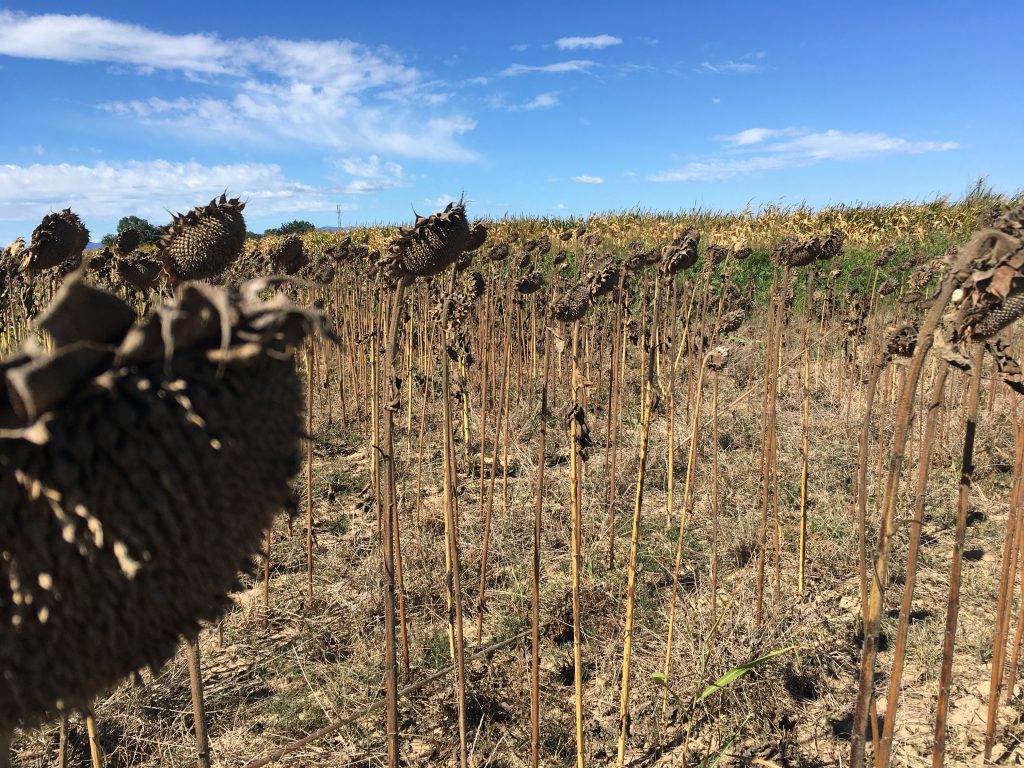
At House Habitat, our team try to participate in initiatives related to our activity that promote more sustainable construction, contributing to achieve the objectives whose philosophy we share.
At an international level, in addition to the KnoWood project, which promotes the construction of medium and high-rise buildings with wood, we are involved in the SAVASCO project, whose objective is to organize an innovative and eco-efficient construction sector based on the use of corn and sunflower stalks, which contributes to reducing the environmental impact of the industry.
Today, the insulation used in construction mainly comes from non-renewable raw materials of mineral or oil origin. Its extraction and processing cause significant environmental impacts, especially in terms of greenhouse gas emissions and energy consumption.

However, the physical characteristics of some agricultural residues, such as corn and sunflower stalks, can be used to make thermal insulation for buildings. These bio-based raw materials have numerous environmental benefits as they are renewable, locally sourced and store CO2.
The project, which is part of the European cross-border cooperation program INTERREG (Spain – France), aims to promote business investment in R&I, while establishing links and synergies between companies, research and development centers and the field of higher education.
Our participation in SAVASCO will consist of, once the biomaterials have been developed, constructing a building prototype that will allow its qualities as thermal insulation to be tested. In this way, it will be possible to analyse its hygrothermal behaviour and its performance in relation to energy consumption and comfort.
The University Toulouse III Paul Sabatier directs this project made up of French and Spanish actors from different types and sectors such as higher education centers, laboratories and research groups or representatives of agricultural cooperatives and the construction sector. A consortium that has the support and experience of partners from the construction industry, as is our case.
We trust that the ecological building materials manufactured from corn and sunflower residues will give the expected result and in the near future we will be able to use them in our biopassive houses.







